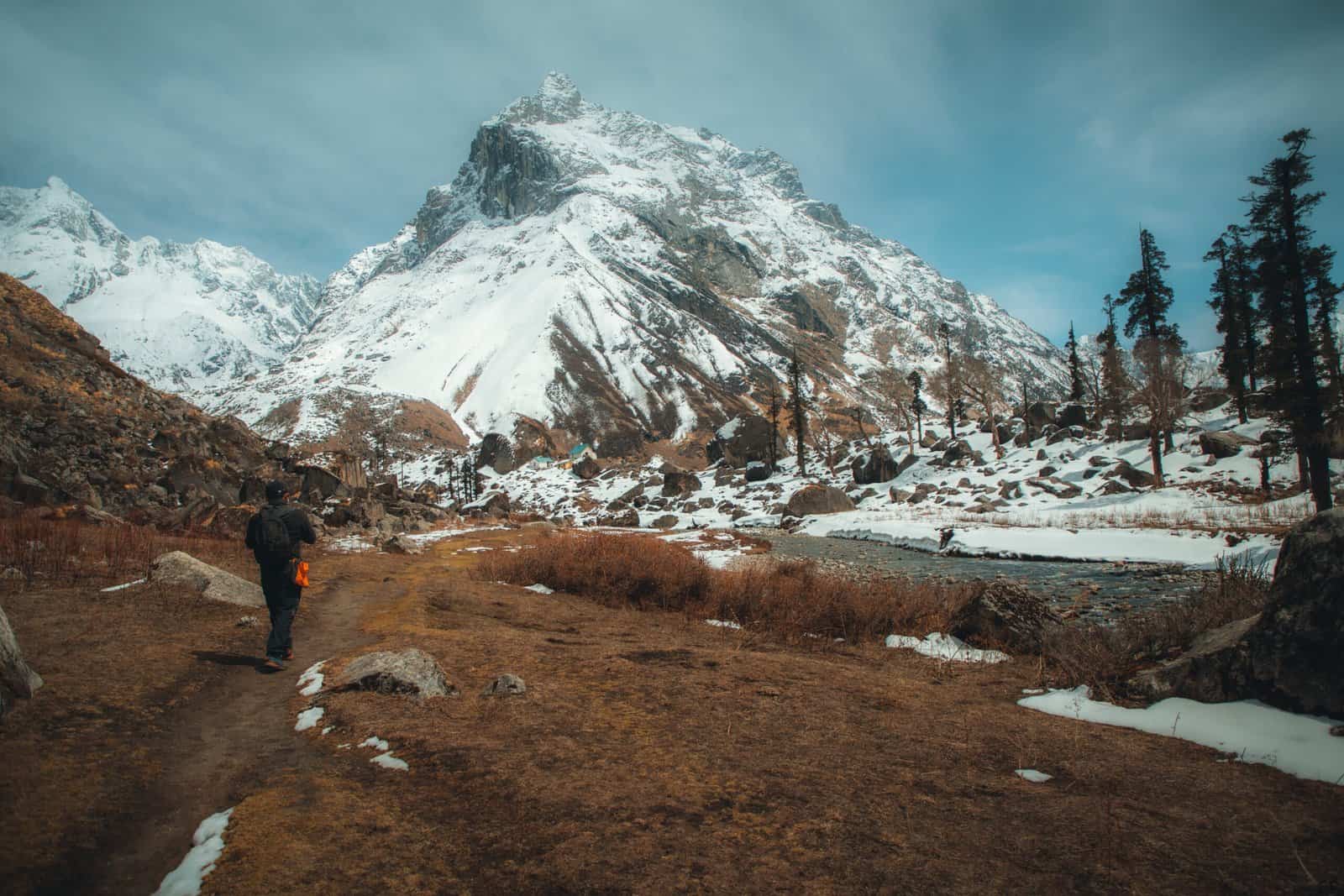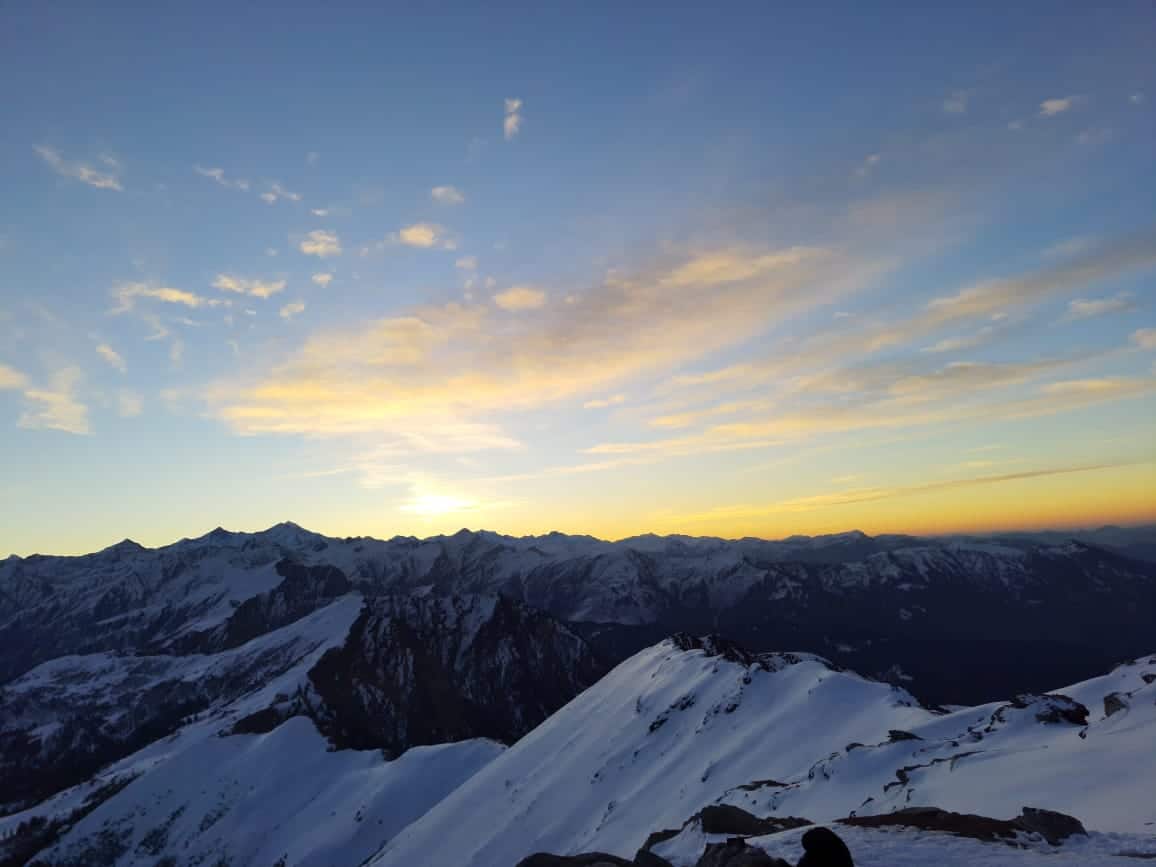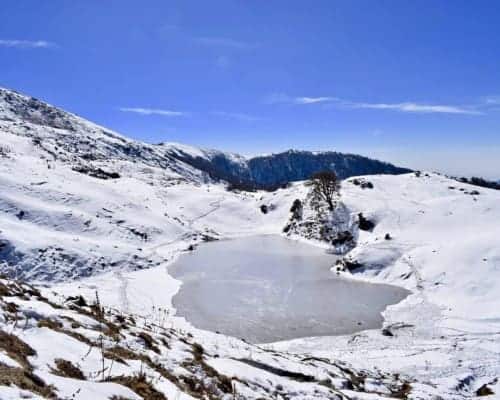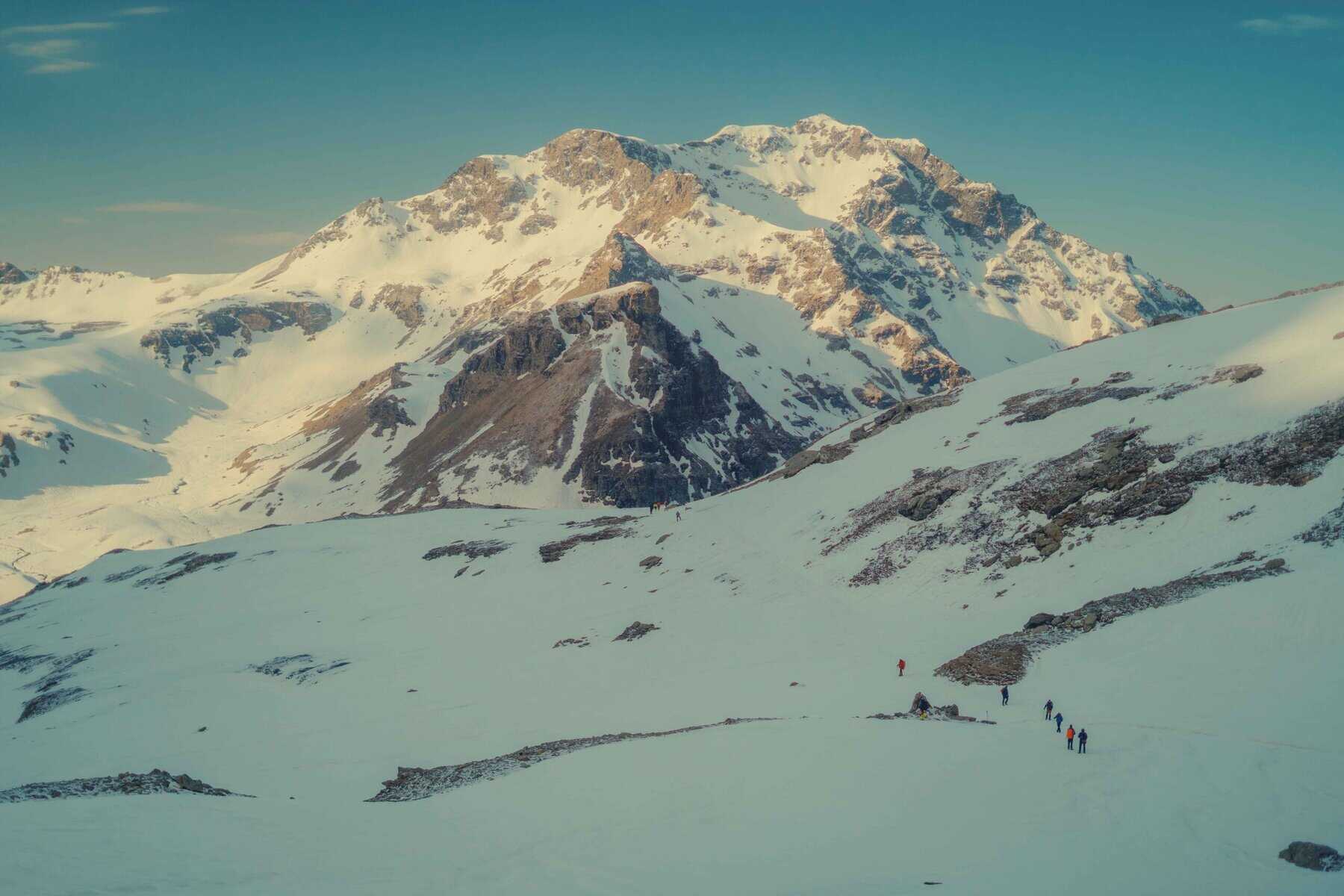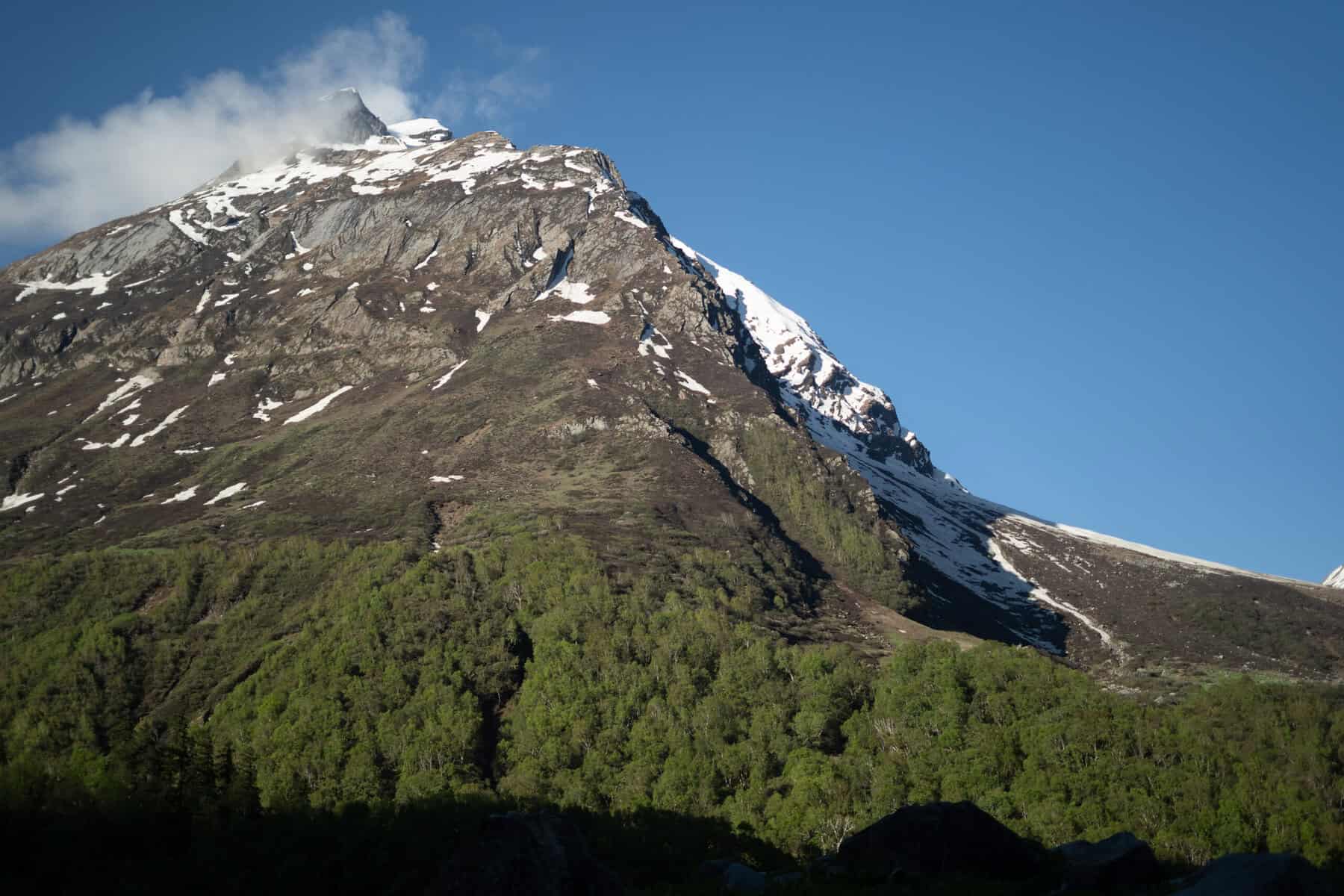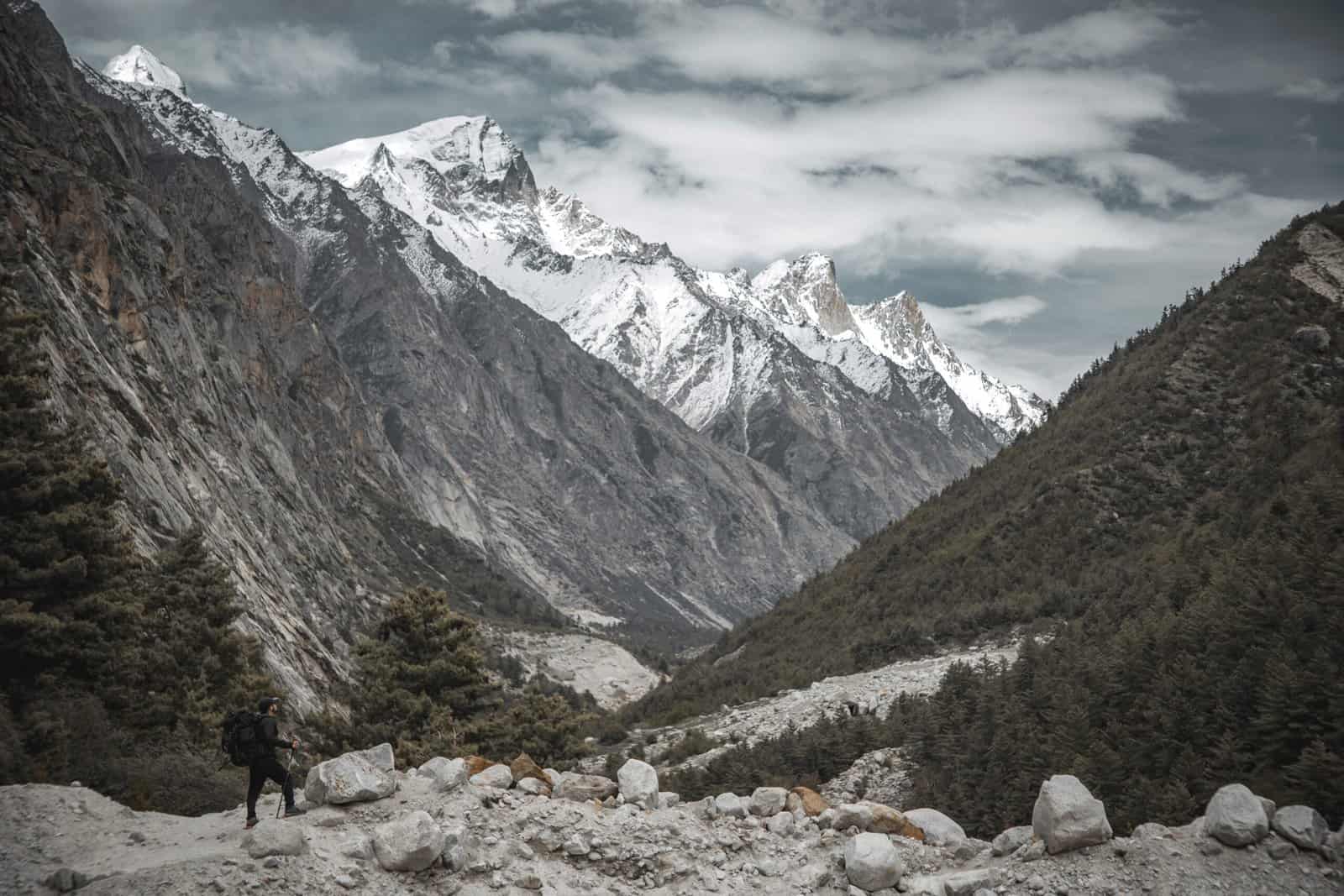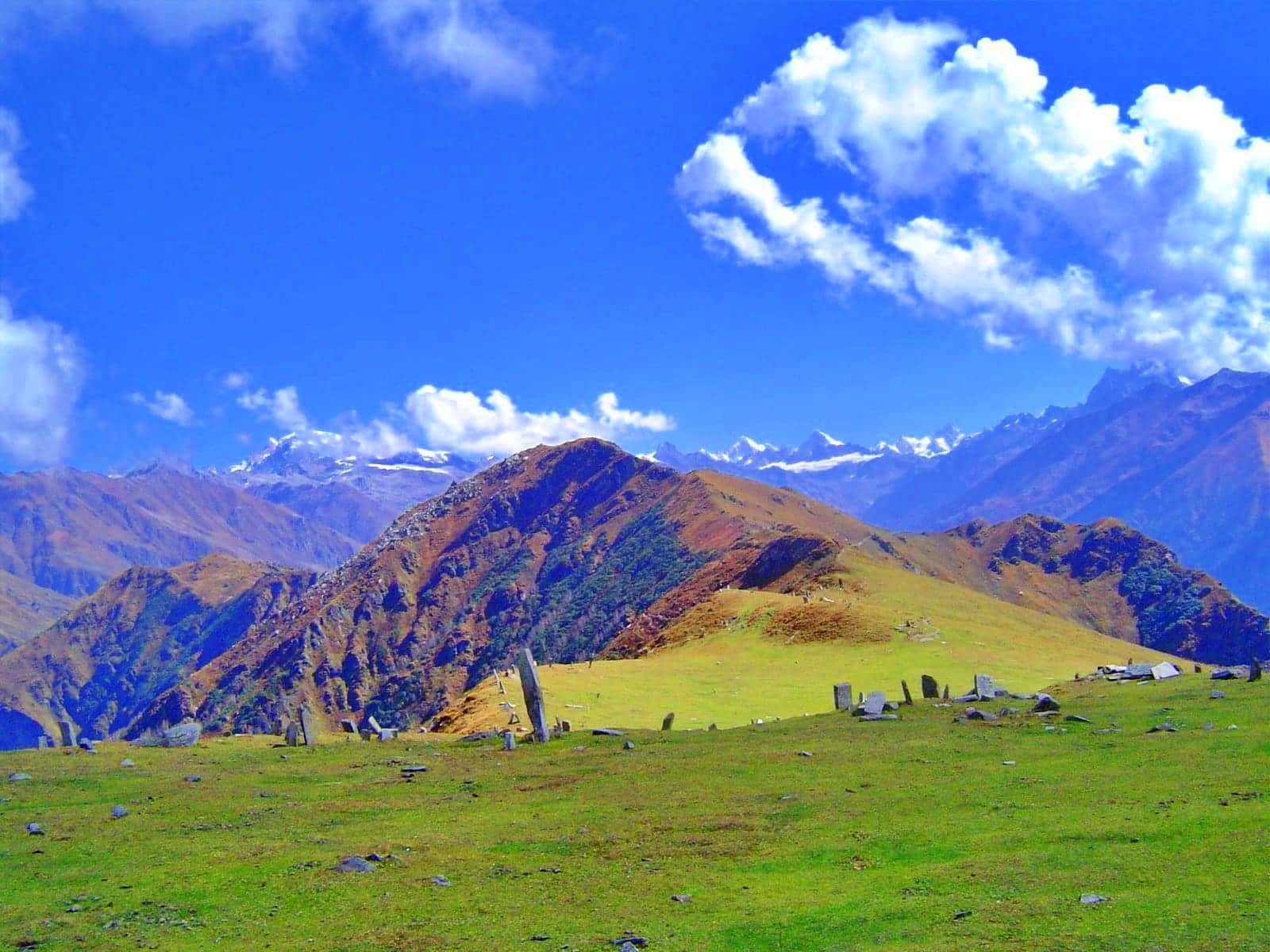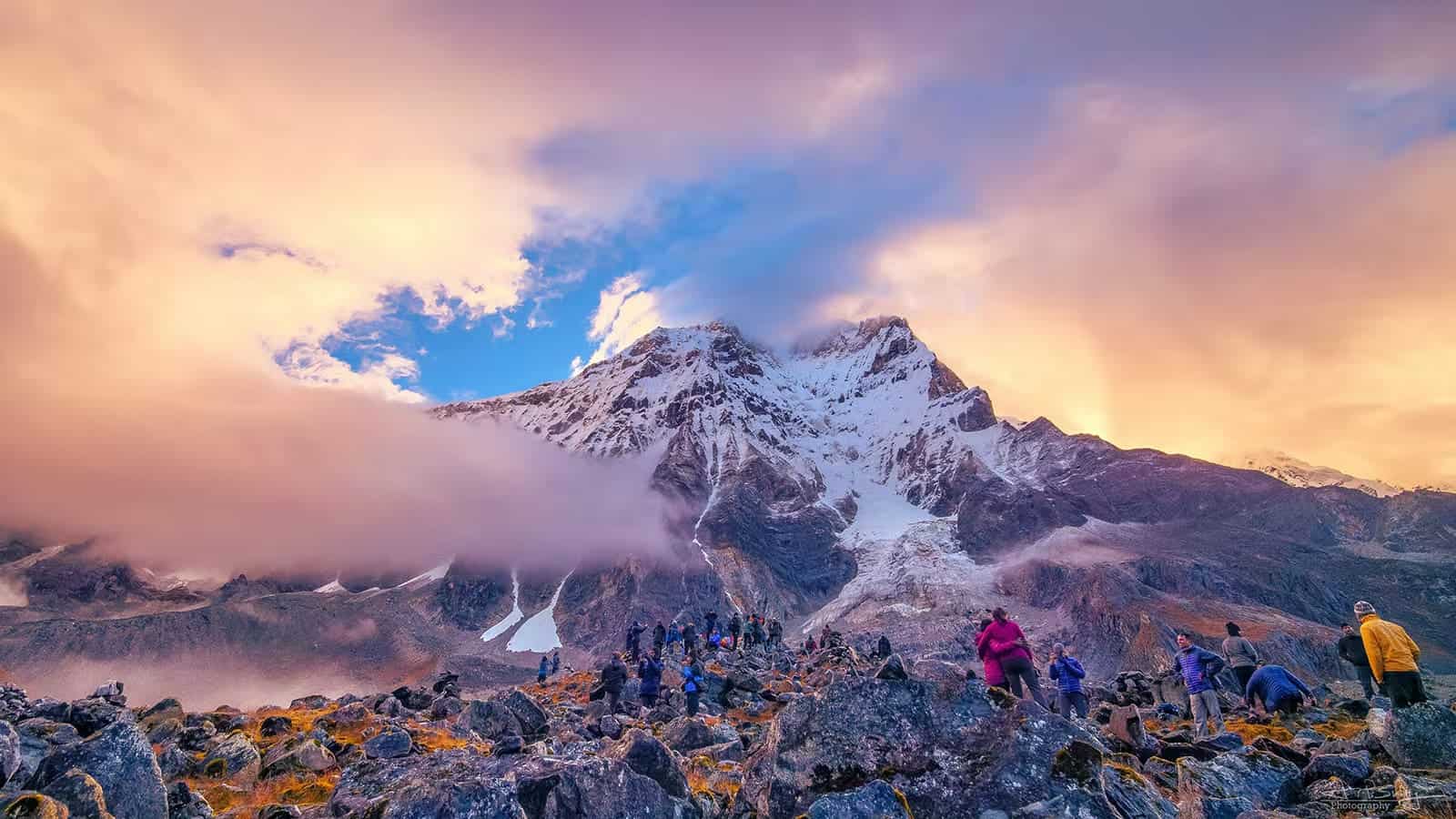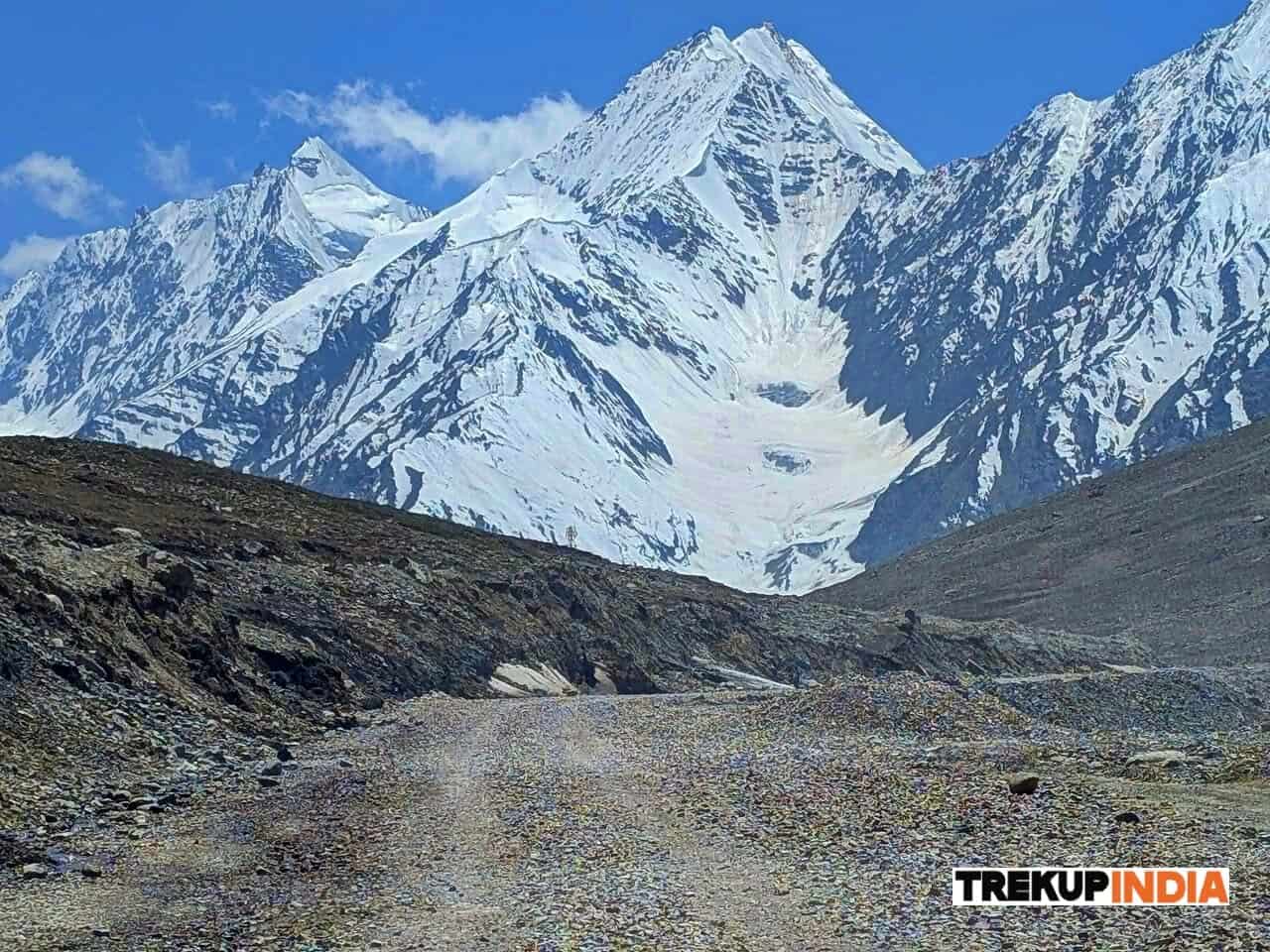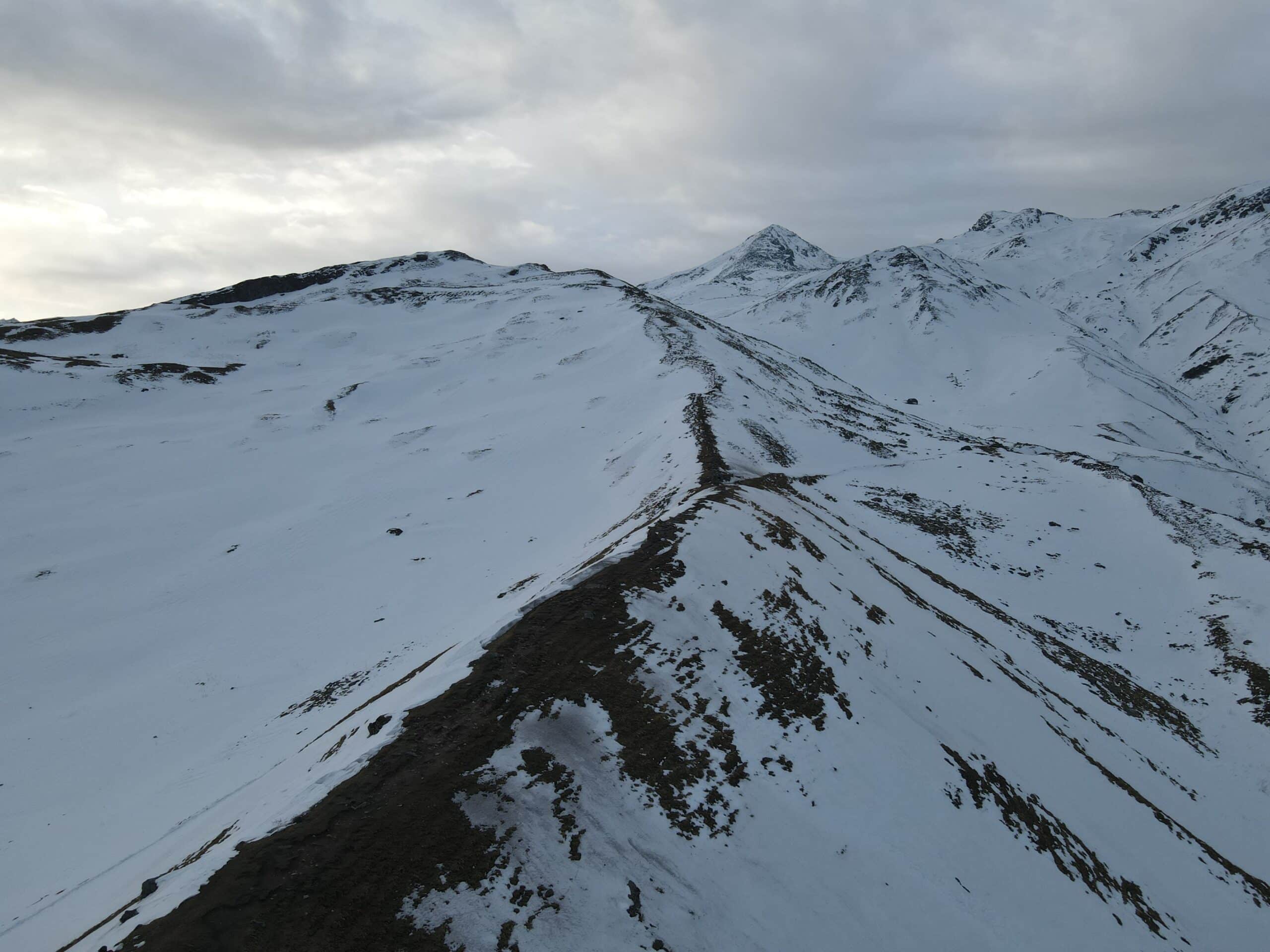Dayara Bugyal in Winter – A Snowy Wonderland Awaits
Uttarakhand offers five-day trekkers an unforgettable journey that leads them to one of the largest meadows they’ll ever see, Dayara Bugyal is even more remarkable as its surroundings are blanketed in snow throughout winter – not to mention breathtaking panoramic views of Garhwal Himalayas as well as birds-eye views of coniferous trees covered with snow from your trek up to its summit! While Dayara Bugyal makes for an enjoyable trek any season of the year, winter offers its special appeal as an especially scenic winter trek. In this post, we’ll take a look at why Dayara Bugyal stands out during winter travels and why you should consider visiting it on your next winter adventure trip.
Temperatures in Dayara Bugyal during Winter
At Dayara Bugyal in winter, daytime temperatures range between 8 to 12. In the evening, however, these drops to 5 or even 10, making sleeping somewhat challenging and layering up essential to stay comfortable and safe from extreme temperature changes. At the end of December, snowfall can often be observed all along a trek from its starting point to its finish line.
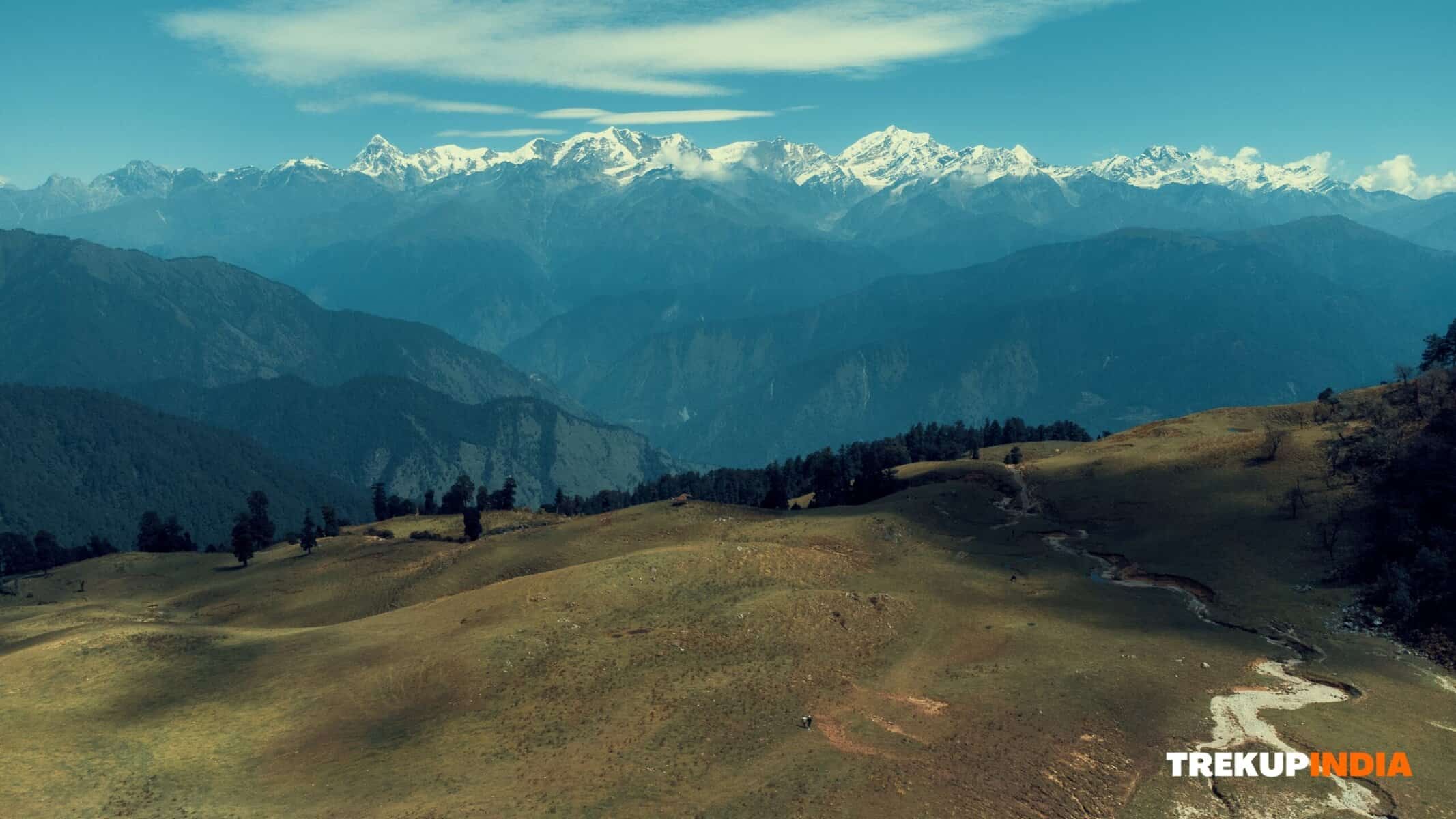
What Makes Dayara Bugyal Different in Winters?
Snow-Cover Meadows
Dayara Bugyal provides some of the largest meadows within the Himalayas in winter, transformed into a winter wonderland by an icy layer. Adventure enthusiasts can use Dayara Bugyal meadows as play areas when conditions allow, such as snowboarding and skiing in the winter months when conditions become snowy.
Experience a Snowfall
Witnessing snowfall has always been an amazing sight and is sure to leave an unforgettable impression. To see this happening for the first time of the year is even more dramatic, as its presence changes the landscape in an instant from green to shades of white! If it happens during a night’s sleep, it may even change colours further.
Frozen Gui Lake
At the end of Day 2, our journey will reach the Gui Campsite, where a frozen Gui Lake awaits. Winter temperatures cause an ice sheet to form over the lake that remains solid all morning long and makes an impressive image as its light catches upon coniferous trees covered in snow. You might want to venture forth if looking for adventure. Dayara Top offers spectacular 360-degree panoramic views, offering glimpses of Gangotri 1, 2, 3, 4 & 5, Mt Bandarpoonch & Kalanag – making for one of the top mountains in the Garhwal Himalayas.
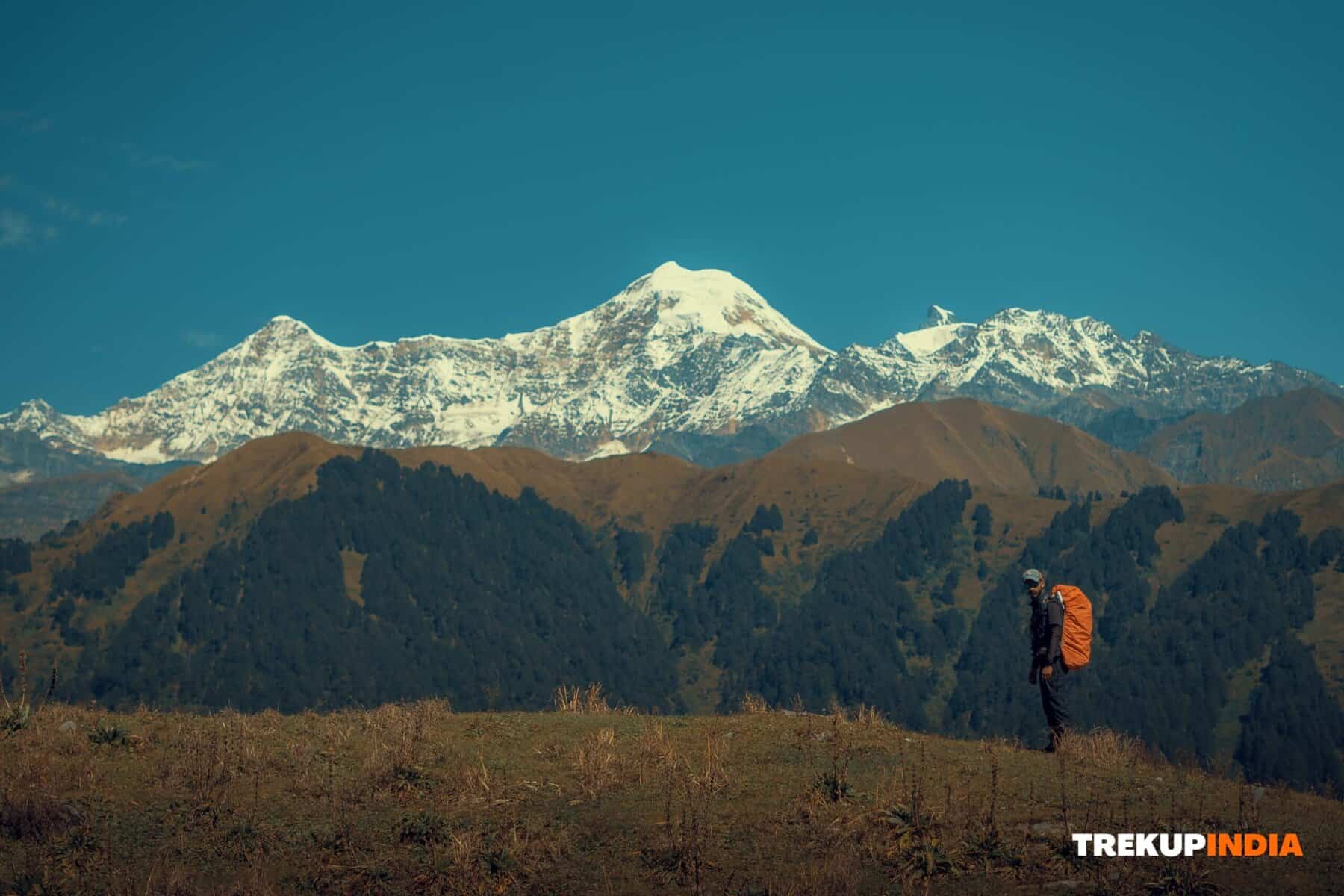
Landscape of Dayara Bugyal
Summer in Dayara Bugyal brings vivid shades of brown and green that span endless fields, punctuated by flowers from wild meadows that add vibrant pops of pink and yellow colours against its lush green carpet. Woods consisting of Oak, Maple, and Rhododendron are filled with fresh green leaves slowly drying in preparation for autumn’s arrival; small streams can be observed along the trek, with soft sounds coming from them as we travel along our journey ahead. Winter brings with it an entirely different landscape when snow blankets every surface around it. Meadows appear as though someone had laid a white blanket over them, creating an unforgettable view against the backdrop of snow-capped Garhwal mountain ranges and forest trees adorned with snowy boughs; forests seem covered with a blanket of frozen snow, streams even appear frozen as though entering another world altogether! It’s like entering Narnia.
About Author

Anoop Rawat (Admin TrekUp India)
Anoop has worked for 5 years as a Trek Leader with TrekUpIndia, leading numerous treks across the diverse and challenging terrains of Uttarakhand and Himachal Pradesh. He holds a degree in Geology with a specialization in Geographic Information Systems (GIS) from UPES Dehradun. During his academic years, he actively applied his classroom knowledge in the field—most notably by contributing to a glacier research project on the Jundar Glacier in the Har Ki Dun Valley, Uttarakhand. Write Anoop at anoop@trekupindia.com
Share this article
Dates For Upcoming Treks
Want To Trek Like Pro?
Basically, watch these videos if you want to trek the same way professional trekkers do and make your skills better. These videos contain useful tips and techniques to further improve your trekking skills itself. These videos actually help both new and experienced trekkers improve their trekking skills. These videos definitely provide useful tips that make your trek better. We are seeing that these videos by Trekup India experts will only help you make your trekking skills better.
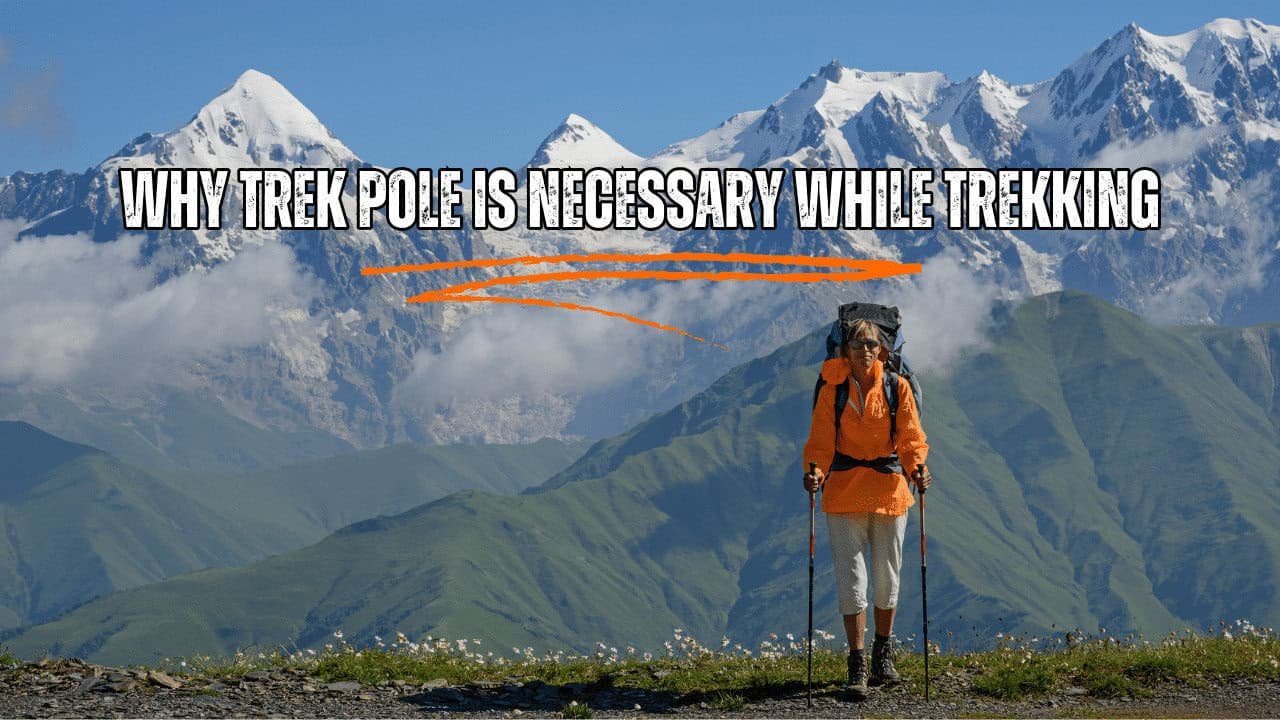






Know Everything About Acute Mountain Sickness
Acute Mountain Sickness occurs when people trek to high altitudes above 8,000 feet. This condition itself develops further due to reduced oxygen levels at such heights. Basically, as you go higher up, the air pressure and oxygen levels decrease, which causes the same problem. Acute Mountain Sickness surely causes headache, nausea, vomiting, and dizziness in affected persons. Moreover, peoples also experience difficulty in sleeping during this condition. To avoid mountain sickness, you should actually trek up slowly to higher altitudes. To learn further about this condition itself, watch the videos by Trekup India.





